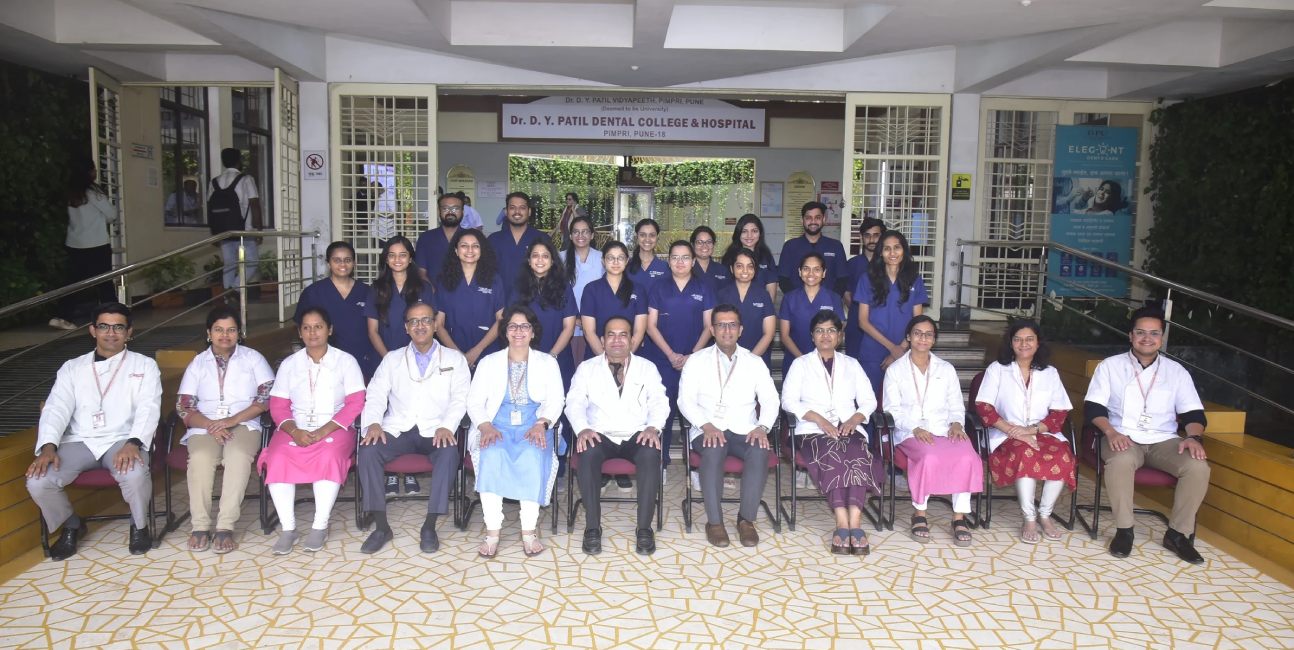DEPARTMENT OF ORTHODONTICS AND DENTOFACIAL ORTHOPEDICS

Orthodontics and Dentofacial Orthopedics is a branch of dentistry that deals with the diagnosis, prevention, interception and correction of malposed teeth, jaws and misaligned bite patterns. Since it also involves modifying facial growth, it includes the term Dentofacial Orthopedics. Orthodontics involves the study of growth and development of the craniofacial complex, dental occlusion, and related abnormalities. The term “Orthodontics” is derived from the Greek words, “orthos” means “straight” and “odont” means “tooth”. It encompasses the dentition, craniofacial skeleton, jaw and facial musculature, and associated soft tissues.
Malocclusion affects majority of the population, where patients seek treatment for aesthetic enhancement, functional improvement, structural integrity and medical benefits. Patients who have undergone orthodontic treatment report a higher quality of life and improved self-confidence.
Various treatment options are available, starting from conventional braces to clear aligners, where treatment duration varies from few months to a year or two. Starting treatment early, that is during the growing years is ideal, as it is easier to modify skeletal growth. Functional appliances are often used for skeletal, alveolar, and dental changes in growing patients.
The subject of Orthodontia is introduced in the second year of undergraduate studies in dentistry, and includes basic wire bending skills and theoretical knowledge. At this level, the focus is on understanding the basics about malocclusions, biological mechanisms, diagnosis and treatment planning. This includes using simple appliances to move teeth, prevent or intercept habits and improve occlusion and aesthetics. Further three years of post-graduate specialisation in this subject deals with detailed theoretical knowledge base, applied clinical knowhow and extensive clinical training in management of different types of malocclusions in patients.
The department also caters to treatment for cleft lip and palate patients, as well as patients with craniofacial syndromes. Modern practice involves an interdisciplinary approach, including implant dentistry, periodontal and restorative work, and orthognathic surgery where they are needed in patients with orthodontic treatment needs.
